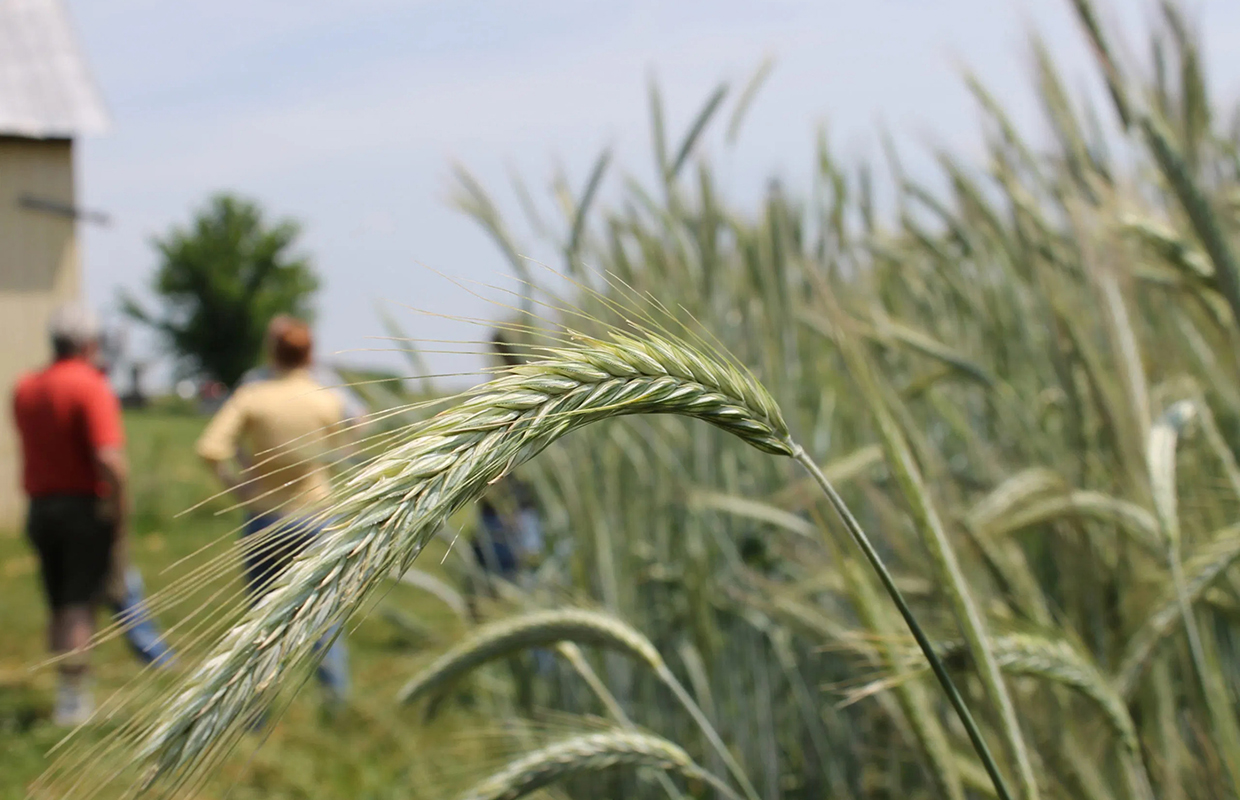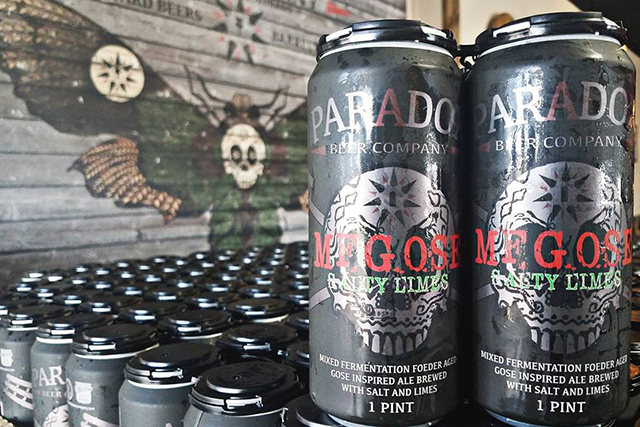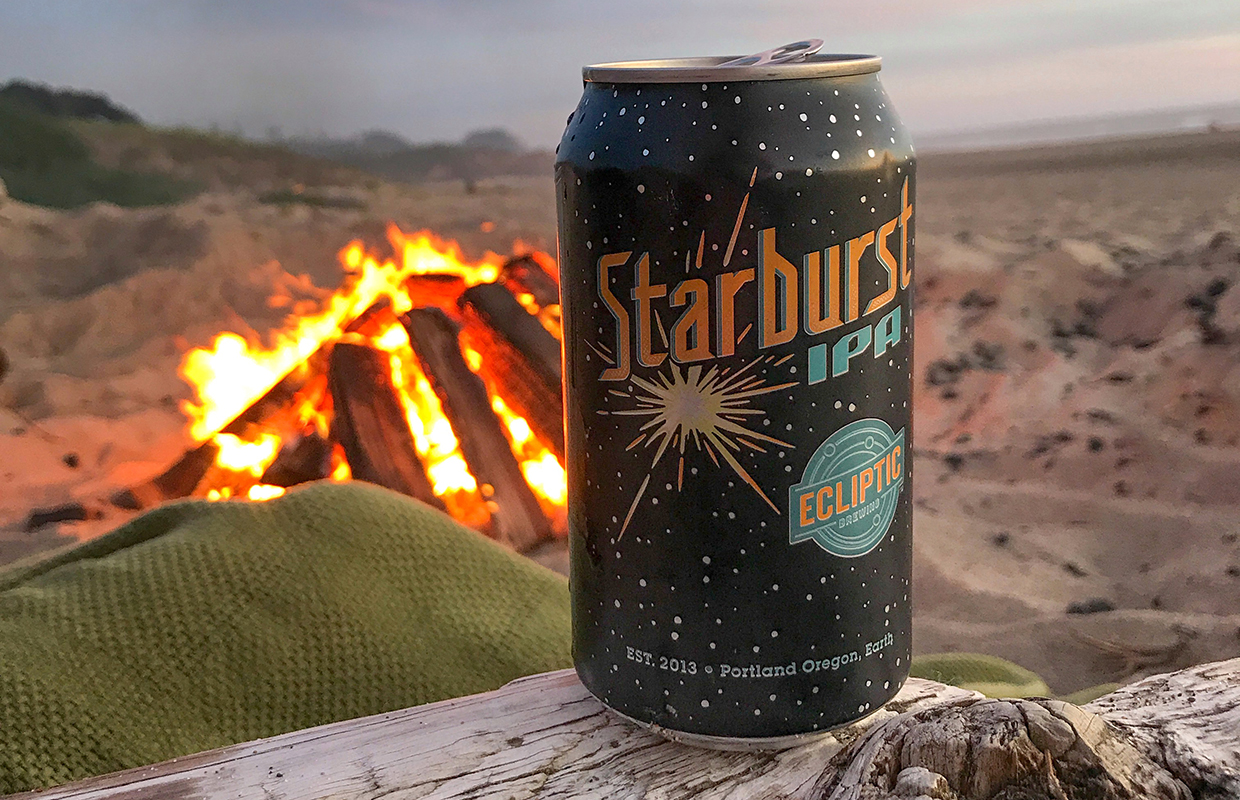
Given the nature of the various styles of beer that are brewed, for WeldWerks Brewing, utilizing the best quality malt is extremely important and the upkeep in checking on that quality partially falls on the shoulders of Matt De Miranda.
“Our malt needs to be able to help produce the lightness of our Sours, the robustness of our Barrel-aged Stouts, and of course, the haze in our Hazy IPAs,” explained the QA/QA Manager for the Greeley, Colorado brewery. “In my opinion, the best signs that point to high-quality malt are how they perform on the “hot side” of our brewing process as well as fermentation performance in the cellar, both aspects that we track diligently.”
“Malt quality is extremely important. Besides water, it is the primary ingredient,” pointed out Ecliptic Head Brewer Phil Roche.
One of the most important aspects of quality, Roche said, is working with a reputable supplier that you have a relationship with. The same thoughts were echoed by De Miranda.
“I feel that with all raw materials, you need to develop/foster a good relationship with your suppliers,” he said. “If you can take the time to really develop these relationships beyond just a monetary transaction, then it will pay high dividends in the future not only for your brewery but also if any issues come up.”
With malt in particular, he said, it’s knowing who to contact, knowing where your malt’s origin is, reading crop reports that are published every year, and making sure your COAs are accounted for with each shipment.
“Doing your proverbial homework to the same degree as your hops, yeast, and water,” he said. “Malt provides the foundation for every beer that comes out of your brewery and that fact alone makes it worth taking the time/energy to dive into the quality of your malt.”
Suppliers tend to be very gracious in providing samples, and De Miranda said COAs are available to contact
“It allows us to track all the information about our current crop/deliveries at our convenience,” he said. Also, with every shipment, WeldWerks will get an emailed copy of the COA which De Miranda enters into a spreadsheet.
“That way, I am able to compare stats on all of our various shipments,” he said.
When WeldWerks does get new shipments of malt in for one of its three silos (pale, pilsner, and wheat), De Miranda will make sure to get a sample from the driver that the supplier provides and perform a “hot-steep” in accordance with the American Society of Brewing Chemists SOP.
“It’s basically a malt-tea made with a grinder, hot water, and time,” he said. “I will then gather our Senior Production Director, Head Brewer, and Cellar/Brewhouse Manager and let them taste a small sample of the hot-steeped malt wort to determine if the malt is of good quality/aroma/flavor.”
This method may have its limitations, he said, but it allows the team to at least get a grasp on that particular delivery’s basic sensory attributes.
Additionally, Roche said, to ponder how it performs in your brewhouse, and to check lautering times and extract percentages.
Saint Arnold Brewing Operations Manager, Aaron Inkrott, said that the Houston brewery has worked a lot on brewhouse optimization, not only in malt, but hops, water usage, and time and labor. They build out a production schedule four to six weeks out, so Inkrott said it’s important to have all the materials on hand in case the brewery is seeing growth in a particular brand.
“[Our] focus is to increase brewing efficiency, without affecting the brand,” he said.
Being able to dial in high efficiency without changing sensory is the sign of a brewery that has been able to save on cash in the long run.
“If it affects the overall flavor, then don’t do it,” Inkrott said. “But if there’s no difference, proved through sensory, then why wouldn’t you?”
So, how can a brewery work at getting better on malt sensory?
The two biggest tips and tools that De Miranda would suggest are to regularly perform the Hot-Steep method on at least your base malts, and make a small investment to purchase a Malt Flavor Map via DraughtLab.
“Lindsay Barr and her team developed a very user-friendly poster of malt sensory attributes with lots of malt attribute-related words that a brewery can use to build their malt sensory vocabulary,” he said. “I always tell folks that sensory is a skill and skills need to be practiced. A flavor map and hot steeps are a really good start on beginning malt sensory or expanding an already established sensory program.
“Many breweries put emphasis on yeast, hop, and water quality so why not include malt with just a few cost/user-friendly tools?”






Be the first to comment